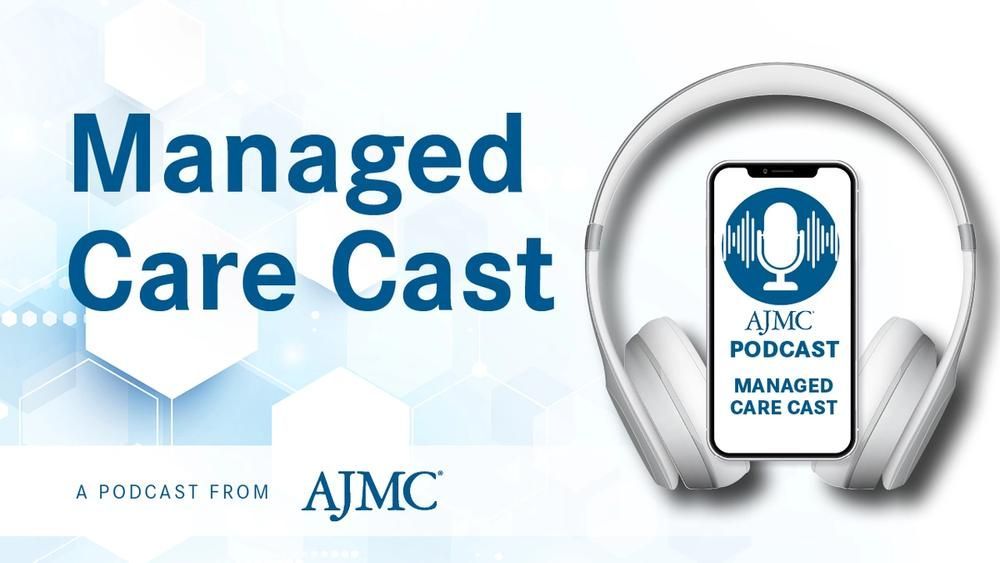Commentary
Article
Lp(a) and Getting a Head Start Against Heart Disease: Jeremy Wigginton, MD
Author(s):
Lipoprotein a (Lp[a]) is a valuable tool for assessing a patient's risk of cardiovascular disease, which can facilitate earlier intervention efforts and reduce health care costs, argued Jeremy Wigginton, MD.
Early identification of cardiovascular risk, such as monitoring lipoprotein a (Lp[a]), can make a big difference in the management of cardiovascular disease. Recognizing risk factors sooner rather than later, explained Jeremy Wigginton, MD, MBA, FAAFP, health plan chief medical officer & physician executive, Harrisburg, PA, can help to prevent disease progression, mitigate health care costs, and enhance patient outcomes and quality of life.
In this interview with The American Journal of Managed Care®, Wigginton spoke more to the value of Lp(a) identification, its clinical significance, and insurance coverage.
This transcript has been lightly edited; captions were auto-generated.
Transcript
Can you speak to the importance of identifying high Lp(a) and other cardiovascular risk factors early from a health care resource utilization perspective?
The early identification of cardiovascular disease and the risk factors for cardiovascular disease is a very important piece of both prevention of the advancement of that disease but also for better managing patients that may develop cardiovascular disease. We know that, across the nation...the top 3 conditions that drive utilization and health care costs are those conditions which drive cardiovascular disease, cardiovascular disease itself, and some other things like oncology—so cancer or musculoskeletal conditions. For many, many years, those have been the top 3 conditions driving the most cost and utilization of health care services, no matter what population you look at, young or old.
The earlier identification of both the risk factors for cardiovascular disease or the existence of that disease is a major, major factor in being able to effectively treat that condition, treat that disease, prevent the advancement of the disease, prevent the development of additional comorbidities of that disease, and also to improve the quality of life for patients that may develop cardiovascular disease. Prevention and early detection is a critical factor in that.
What are the current recommendations around insurance coverage of Lp(a) testing?
Lp(a) testing is actually very well covered today on insurance for the most part. Medicare, for example, CMS does not provide any national guidance on the coverage of Lp(a), which means that individual health plans in the Medicare population can make their own coverage determinations around how they would cover Lp(a), and most of them all cover it pretty evenly in the commercial space.
The difference [between] Lp(a) and the traditional lipid panel is that the traditional lipid panel is usually considered [a] preventative service, and so it is often covered at what we call “first dollar” or at no cost to the patient or member. Lp(a), however, is not today considered to be one of those core preventative services. The major thing there is a cost share. Patients and members may experience a cost share as either a copay [or] a coinsurance. Typically, it's both, depending on the type of health plan. But in terms of just coverage, generally, it's very well covered.
Some health plans do have what are called lab benefit managers. If a health plan has a lab benefit manager, there may be some limitations on the frequency of the testing. However, the literature that is currently out says that the Lp(a) testing does not need to occur very frequently. Some of the newest recommendations are that you only do it 1 time, and so there's a lot of discussion about that.
But in general, like I said, the coverage is there. There may be a cost share to those on commercial health plans, since it's not a preventative service, and unless you are trying to test Lp(a) at a high frequency, there really should not be major barriers to coverage in getting the testing done.





